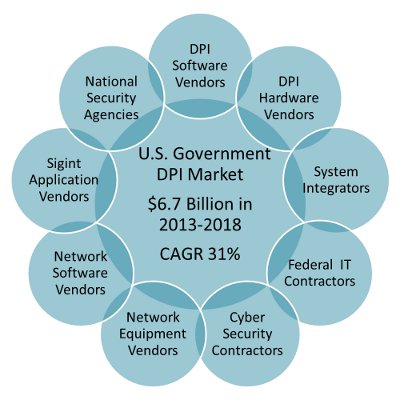 In its latest report "Measuring the Information Society 2010" (executive summary - here), the ITU publishes some interesting facts on the proliferation of internet and broadband services.
In its latest report "Measuring the Information Society 2010" (executive summary - here), the ITU publishes some interesting facts on the proliferation of internet and broadband services. According to the ITU, by the end of 2009:
Covering the latest business aspects, service plans and technologies for broadband traffic management.
 In its latest report "Measuring the Information Society 2010" (executive summary - here), the ITU publishes some interesting facts on the proliferation of internet and broadband services.
In its latest report "Measuring the Information Society 2010" (executive summary - here), the ITU publishes some interesting facts on the proliferation of internet and broadband services.  While the FCC pushes for Net-Neutrality (sometimes being described as "all traffic treated equally") it seems that they found at least one application that does require special treatment - public safety.
While the FCC pushes for Net-Neutrality (sometimes being described as "all traffic treated equally") it seems that they found at least one application that does require special treatment - public safety.  My blog covers DPI as a technology and a fundamental tool for broadband traffic management. Market Research Data recent research refers mainly to the security needs of the US government – and defines: “Deep Packet Inspection is the only currently available technology capable to provide security of IP traffic at ever growing rates that has inherent traffic management capabilities”.
My blog covers DPI as a technology and a fundamental tool for broadband traffic management. Market Research Data recent research refers mainly to the security needs of the US government – and defines: “Deep Packet Inspection is the only currently available technology capable to provide security of IP traffic at ever growing rates that has inherent traffic management capabilities”.  A week ago we heard FT saying they “we don’t believe in VoIP over mobile” (here) and now Verizon is speculated to add Skype to its mobile phone.
A week ago we heard FT saying they “we don’t believe in VoIP over mobile” (here) and now Verizon is speculated to add Skype to its mobile phone.  A joint press conference is planned for next week at the MWC in Barcelona, with John Stratton, executive vice president and chief marketing officer, Verizon Wireless and Josh Silverman, chief executive officer, Skype.
A joint press conference is planned for next week at the MWC in Barcelona, with John Stratton, executive vice president and chief marketing officer, Verizon Wireless and Josh Silverman, chief executive officer, Skype.Segment | DPI Focus | Vendors |
Pure Players | 10 | Sandvine, Allot Communications, Procera Networks |
| DPI as a main offering | 8 | Arbor networks (Ellacoya) |
| Mobile Gateways | 6 | Most vendors in this space have partnership/s with a DPI vendor/s, as DPI based traffic management became a major requirements in this space |
| NEP with a DPI product | 5 | Cisco (SCE/P-Cube), Juniper, Huawei |
| 3 | NSN | |
| NEP with DPI as a feature | 2 | Ericsson (Redback), Cisco (Startent), Alcatel-Lucent |
| Company | 2009 Revenues (US$) | Comments |
| Sandvine (TSX:SVC) | $65M | · Fiscal year end on November · Reports in CAD$, conversion done at US$0.95 |
| Allot Communications (NASDAQ:ALLT) | $42M | |
| Procera Networks (AMEX: PKT) | $20M | Based on published Q1-Q3 results ($10.8M) and reported preliminary Q4 results of $9.1-9.5M |
 Cisco presented today its VNI (Visual Networking Index) study for mobile internet traffic growth, for 2009 -2014. They predict a CAGR of 108% and having 5 billion wireless consumer devices on the Net by 2014.
Cisco presented today its VNI (Visual Networking Index) study for mobile internet traffic growth, for 2009 -2014. They predict a CAGR of 108% and having 5 billion wireless consumer devices on the Net by 2014. 
 AT&T, Apple's service partner, will provide the 3G data service to iPad owners in the US. The service plans' details were already announced, including an unlimited plan for $30/Month.
AT&T, Apple's service partner, will provide the 3G data service to iPad owners in the US. The service plans' details were already announced, including an unlimited plan for $30/Month.| Plane | Use | Business Case |
Application | Reduce the use of bandwidth hungry applications (reduce congestion) | Delay infrastructure investment |
| Prioritize sensitive application (control QoE) | Increase subscriber loyalty | |
| Service (i.e. the provider of the application) | Prioritize “preferred” services, such as the provider’s VoIP service | Increase ARPU |
| De-prioritize competitive services | Increase ARPU | |
| Subscriber | Offer personal service plans (tiered services), such as “platinum” or “gamer” service | Increase ARPU |